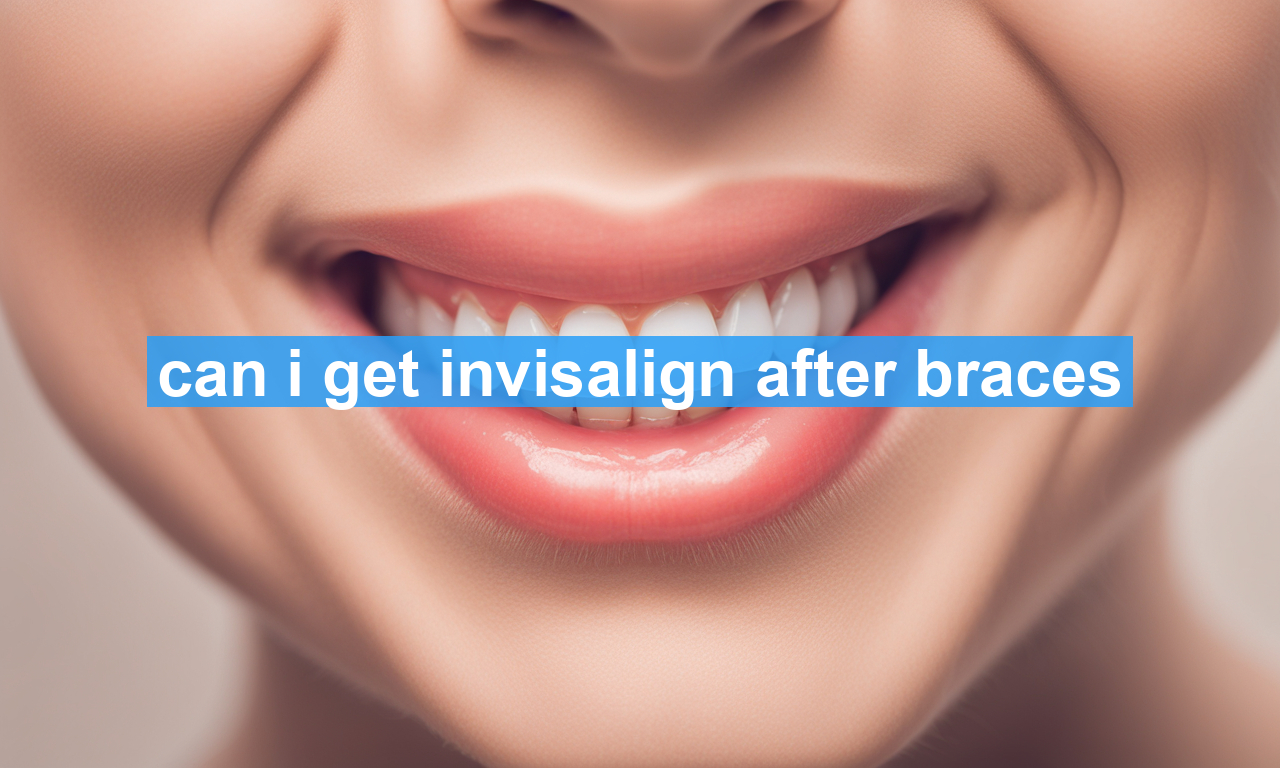Have you just completed your orthodontic treatment with braces and are wondering if you can switch to Invisalign to maintain that perfect smile or make additional corrections? You’re not alone. Countless individuals consider making the leap from traditional braces to Invisalign, and for good reason. Understanding the versatility and benefits of Invisalign after braces can help you make informed choices about your ongoing dental care and maximise the investment you’ve made in your smile.
Why Consider Invisalign After Braces?
The transition from braces to Invisalign isn’t as uncommon as you might think. Many people decide to use Invisalign post-braces for a variety of reasons, all aimed at achieving that ideal dental alignment.
– **Refinement of Alignment**: **Braces may leave minor imperfections**. Even after lengthy traditional orthodontic treatment, some teeth may still need slight adjustments to achieve the optimal alignment. Invisalign provides a discreet and efficient way to refine these nuances.
– **Retention and Stabilization**: **To prevent teeth from shifting back** to their original positions, retainers are usually recommended after braces. Invisalign aligners not only serve as retainers but can also add a level of correction if necessary.
– **Aesthetic Appeal**: **Invisalign is nearly invisible**, delivering a solution that doesn’t draw attention, especially crucial for adults who prefer not to flash metal brackets.
Can Anyone Get Invisalign After Braces?
In most cases, individuals who have successfully completed their treatment with traditional braces can effectively use Invisalign. However, it’s important to consult an orthodontist to ensure you’re a good candidate. The condition of your teeth and your specific dental needs play vital roles in determining suitability.
– **Dental Health Status**: A comprehensive evaluation is necessary to assess the condition of your gums and teeth. Your dentist will ensure there’s no decay, gum disease, or significant erosion that could complicate the Invisalign treatment.
– **Treatment Goals**: If you’re primarily looking for minimal adjustments, Invisalign is generally a viable option. For complex repositioning or substantial bite issues, alternative approaches might be recommended.
What is the Process?
You might be wondering how the transition from braces to Invisalign works. Here’s a general overview of the process:
Consultation
Your journey begins with a consultation to discuss your needs and desires for further treatment. During this appointment, expect a thorough exam to ensure your dental health is in a good state for Invisalign.
Treatment Plan
If you’re an ideal candidate, the orthodontist will devise a tailored treatment plan. Advanced digital technology, such as 3D imaging, might be used to craft your customized Invisalign trays. This plan outlines the alignment path and the expected duration of treatment.
Is Invisalign After Braces Worth It?
The decision to pursue Invisalign after having braces primarily hinges on your personal satisfaction with your current alignment and any professional recommendations your orthodontist makes.
– **Realistic Expectations**: Understand what Invisalign can and cannot achieve. While it’s great for minor adjustments, it may not be suitable for significant changes post-braces.
– **Investment Consideration**: It’s essential to weigh the costs and benefits. While you might think, “I already spent so much on braces,” consider Invisalign as a smaller follow-up investment compared to the potential for confusing and more costly fixes in the future.
Potential Challenges
While switching to Invisalign post-braces has its benefits, it’s crucial to be aware of possible challenges.
– **Bone Remodeling**: After braces, your teeth are in a continuous state of bone remodeling. The process isn’t instant, and stressing the bones with additional adjustments may lead to stability loss if not monitored carefully.
– **Cost Factor**: Invisalign can be pricey. Though your orthodontist’s office might offer a financing plan, ensure you’re prepared to cover additional costs that might not be part of your initial orthodontic treatment budget.
Conclusion
Ultimately, deciding to use Invisalign after braces is a highly individual decision, dependent on numerous personal and health factors. It’s essential to engage in a conversation with your orthodontic provider, who can help explore whether Invisalign can help you reach your ultimate smile goals. For further reading, check out reliable resources like the American Association of Orthodontists and American Dental Association for guidance.
Remember, maintaining regular dental checkups and practicing excellent oral hygiene are pivotal, whether you’re using Invisalign or sticking with your post-braces retainer. Your journey to a perfect smile doesn’t have to end with braces; Invisalign might just be the next chapter. Happy smiling!

